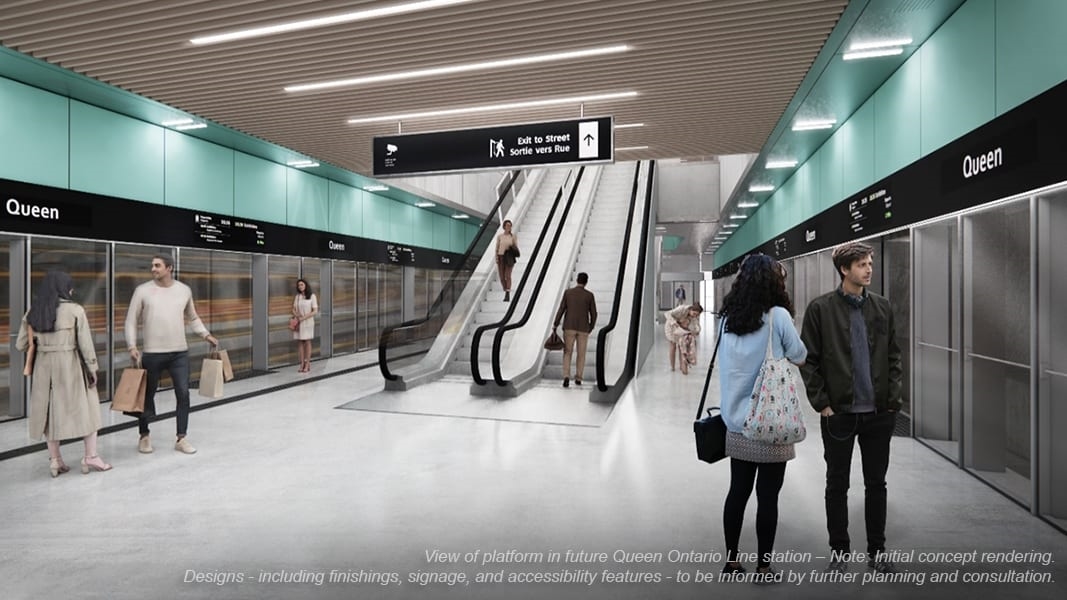Environmental Benefits of Using Public Transit in Toronto
Public transit systems are a vital part of urban life, offering a practical solution to many of the environmental challenges faced by cities today. In Toronto, the use of public transit not only helps ease traffic congestion but also plays a significant role in reducing the city’s carbon footprint. This article explores the environmental benefits of using public transit in Toronto, providing useful insights for those considering making the switch from personal vehicles to more sustainable modes of transportation.
Reducing Air Pollution
One of the most significant environmental benefits of using public transit in Toronto is the reduction of air pollution. Personal vehicles are a major source of air pollutants, including nitrogen oxides and particulate matter, which contribute to smog and have adverse health effects. By opting for public transit, individuals can help decrease the number of cars on the road, leading to lower emissions of these harmful pollutants. The Toronto Transit Commission (TTC) operates a fleet of buses, streetcars, and subways that are designed to carry large numbers of passengers efficiently. This means fewer emissions per person compared to individual car travel. Additionally, the TTC is continually working to upgrade its fleet to include more environmentally friendly vehicles, such as electric buses, further reducing the environmental impact.
Conserving Energy
Public transit systems are inherently more energy-efficient than personal vehicles. In Toronto, the energy savings are substantial when more people choose to ride the TTC instead of driving. Public transit vehicles, such as buses and trains, can carry many passengers at once, which means they use less energy per person compared to cars. This efficiency is particularly evident during peak travel times when public transit vehicles operate at full capacity. Moreover, the TTC’s ongoing efforts to improve energy efficiency, such as implementing regenerative braking systems in subways and using LED lighting, contribute to further energy conservation. By using public transit, Torontonians can collectively reduce the city’s overall energy consumption, which is crucial for minimizing the environmental impact of urban transportation.
Mitigating Climate Change
Climate change is a pressing global issue, and reducing greenhouse gas emissions is essential for mitigating its effects. Public transit in Toronto plays a crucial role in this effort by offering a low-carbon alternative to personal vehicle use. The TTC’s extensive network allows residents to travel across the city without relying on cars, which are a significant source of carbon dioxide emissions. By choosing public transit, individuals can significantly lower their carbon footprint. The TTC is also committed to sustainability initiatives, such as transitioning to a zero-emissions fleet by 2040. These efforts align with Toronto’s broader climate action goals and demonstrate the city’s commitment to reducing its environmental impact. By supporting and using public transit, residents can contribute to a more sustainable future and help combat climate change.
